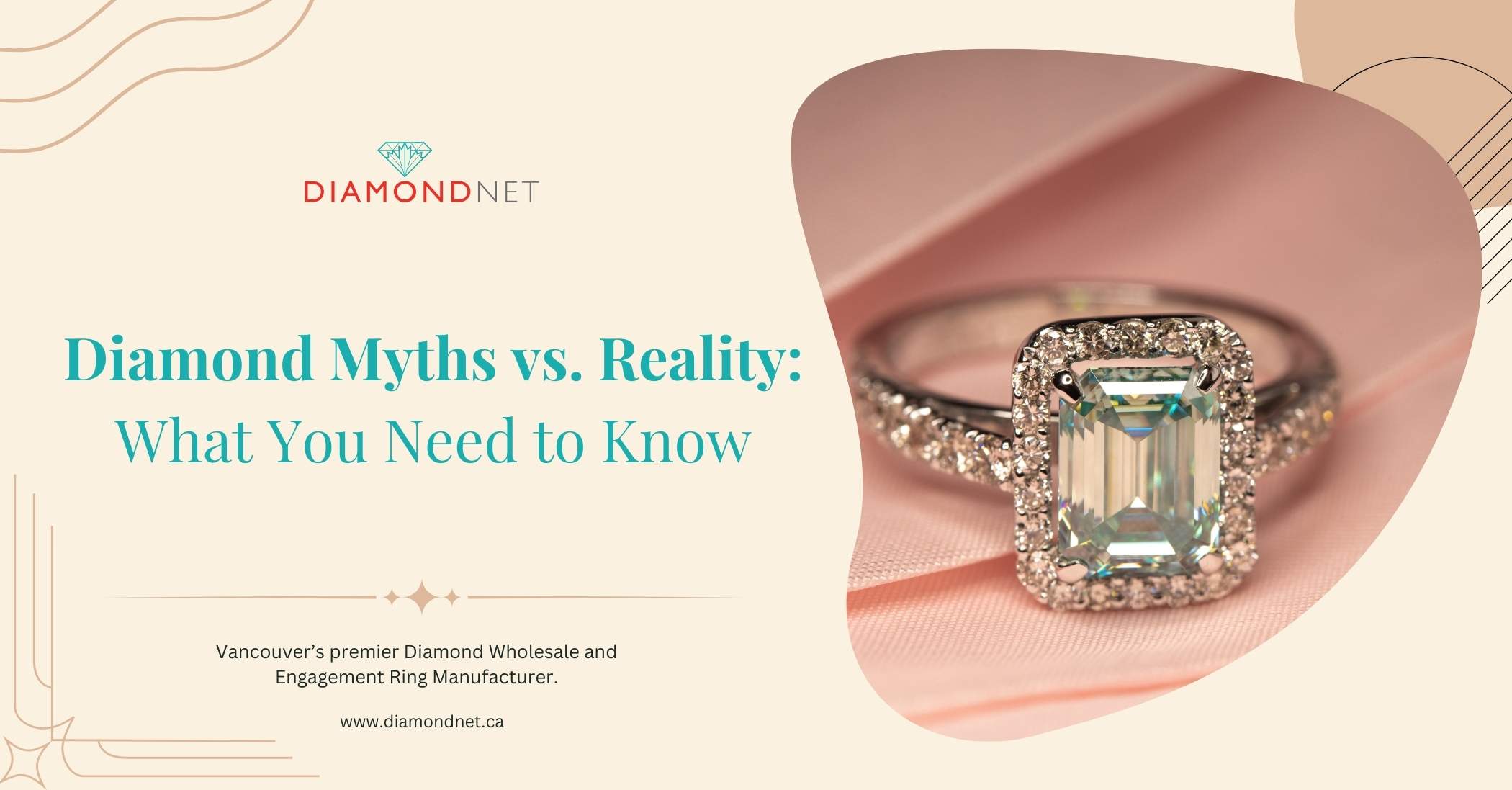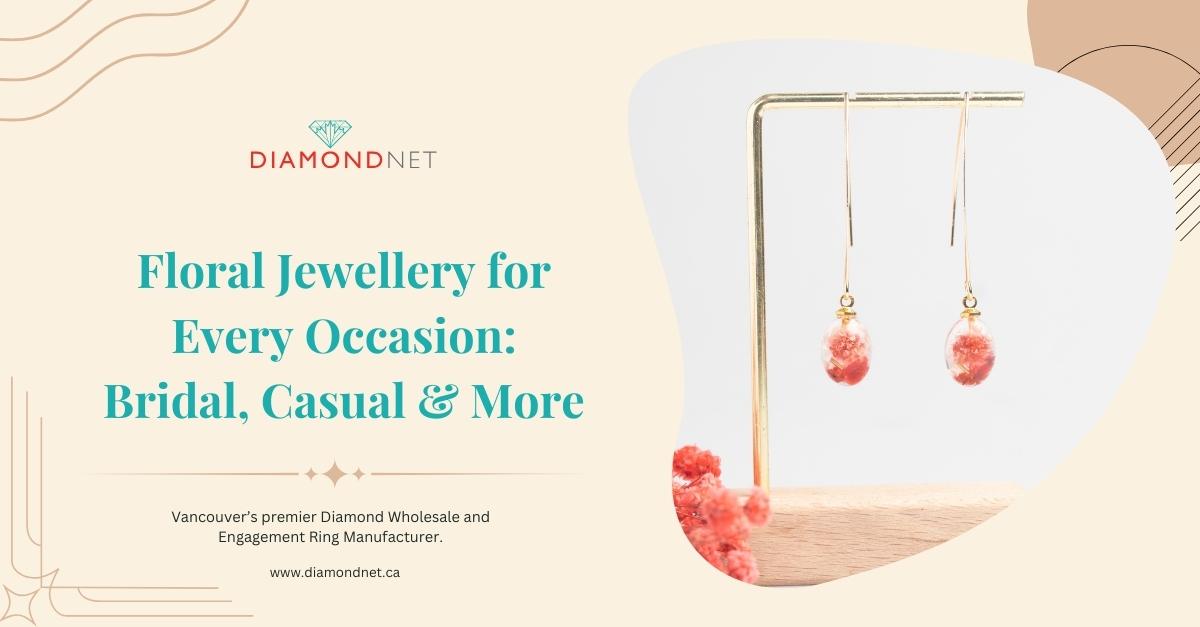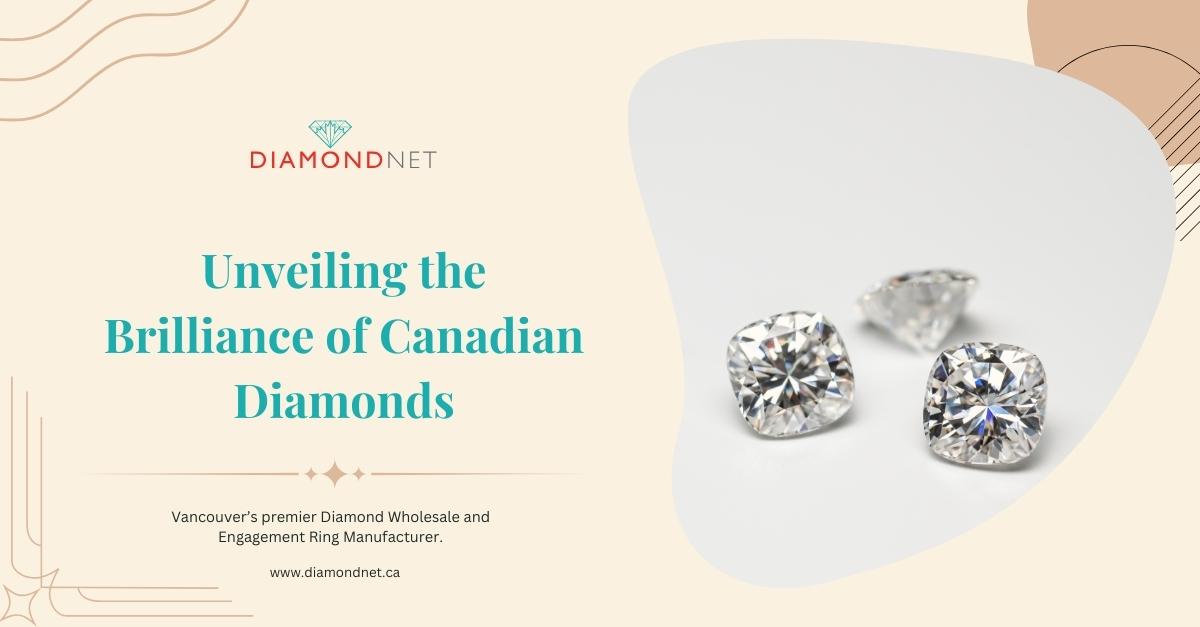Diamonds have long been celebrated as symbols of beauty, luxury, and eternal love. Yet, over the centuries, countless myths and misconceptions have emerged, often leaving potential buyers confused or misinformed.
In this blog, we’ll uncover the truth behind six common diamond myths, from the durability of these precious stones to the authenticity of lab-grown diamonds. By understanding the facts, you’ll feel empowered to make informed and confident decisions when purchasing diamonds.
Let’s separate fact from fiction and demystify the fascinating world of diamonds.
What are some common myths about diamonds?
Diamonds are surrounded by many myths that can mislead buyers and enthusiasts. From their perceived indestructibility to misunderstandings about value, these misconceptions often create confusion when purchasing or caring for diamonds. Let’s separate fact from fiction.
Myth #1: Diamonds are indestructible.
A common misconception is that diamonds are completely indestructible due to their hardness. This belief often leads to the assumption that diamonds can endure any impact without damage.
Truth: Diamonds are durable but not indestructible.
While diamonds are the hardest natural material, ranking 10 on the Mohs scale of hardness, they are not impervious to damage. They resist scratches exceptionally well but can still chip or break under extreme force, particularly along natural inclusions or if struck at certain angles.
For example, dropping a diamond onto a hard surface or exposing it to direct, sharp force can cause damage. To keep your diamond in pristine condition, handle it with care and avoid excessive force.
Explore more in our diamond care and cleaning tips to maintain your diamond’s durability and brilliance over time.
Myth #2: The bigger the diamond, the better the quality.
A common misconception is that a larger diamond equates to better quality. While size, or carat weight, does influence a diamond’s value, it is not the sole determinant of its quality or beauty.
Truth: The four Cs matter more than size.
When evaluating a diamond’s quality, Understanding the 4 Cs of diamonds—cut, colour, clarity, and carat weight—plays a far more significant role. These factors collectively determine a diamond’s brilliance, appearance, and overall value.
Cut
The cut of a diamond refers to how it is shaped and faceted. A poorly cut diamond, regardless of its size, can appear dull. Conversely, a smaller diamond with an excellent cut can outshine a larger, poorly cut stone due to its ability to reflect light brilliantly.
Colour
Diamonds range from colourless to shades of yellow or brown. Colourless diamonds are considered higher quality, as even slight yellow hues can reduce a diamond’s value. A smaller, nearly colourless diamond can often be more valuable than a larger diamond with visible colour.
Clarity
Clarity measures a diamond’s internal flaws (inclusions) and external imperfections (blemishes). Fewer imperfections enhance a diamond’s quality, regardless of its size.
Carat Weight
Carat weight measures a diamond’s size and weight. While larger diamonds are typically more expensive, a poorly cut or flawed large diamond may hold less value than a smaller, pristine diamond.
According to the Gemological Institute of America (GIA), carat weight alone should not dictate your choice. A diamond’s true value lies in the balance of cut, colour, clarity, and carat weight. When purchasing, prioritize quality over size to ensure lasting brilliance and beauty.
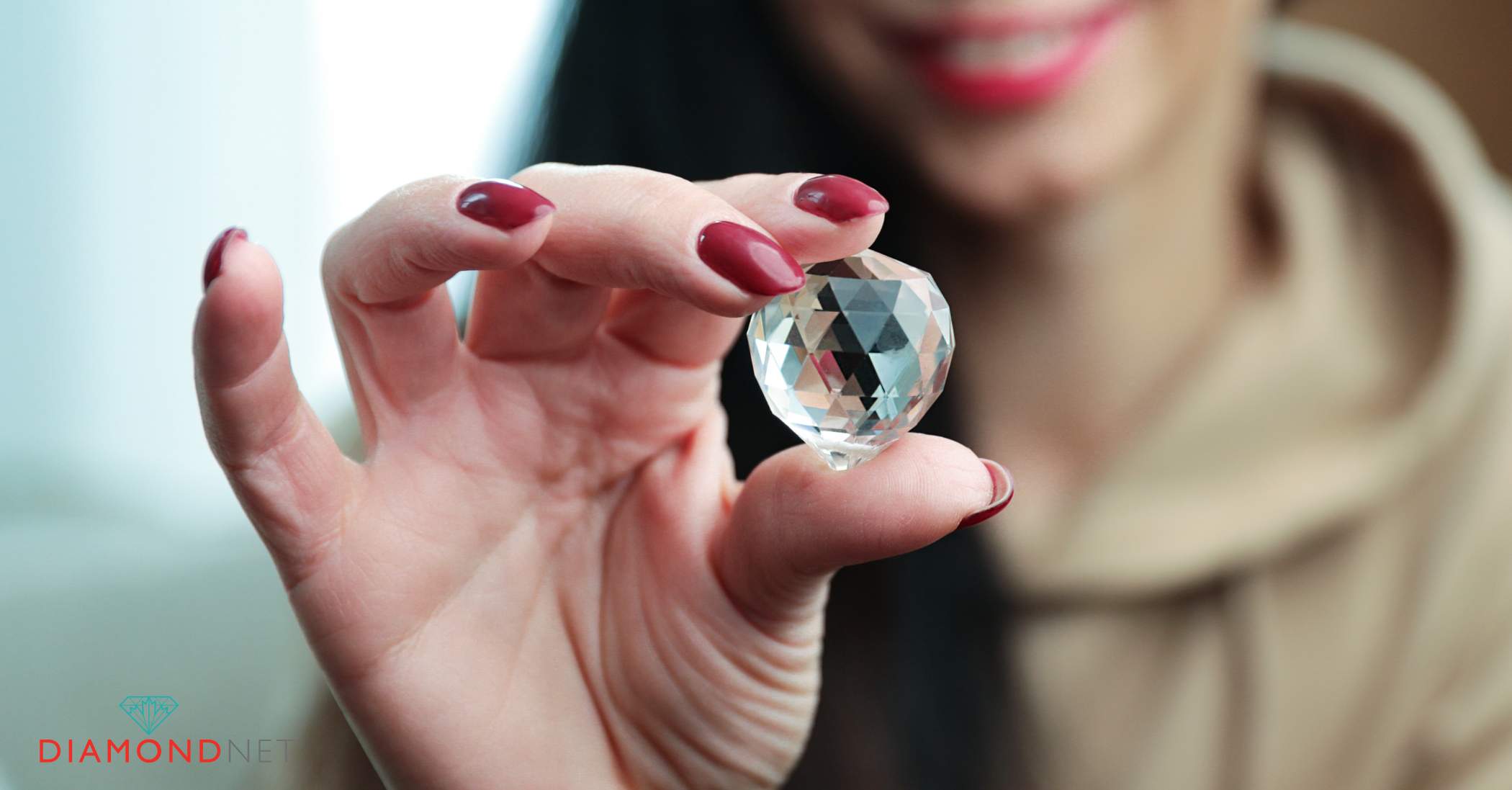
Myth #3: Lab-grown diamonds are not “real” diamonds.
A common misconception about lab-grown diamonds is that they are not “real” diamonds because they are created in a laboratory rather than mined from the Earth. This misunderstanding often causes confusion regarding their authenticity and value.
Truth: Lab-grown diamonds are chemically identical to mined diamonds.
The fact is, lab-grown diamonds are real diamonds. They share the same physical and chemical properties as mined diamonds. The only difference lies in their formation process:
- Mined Diamonds: Formed naturally over billions of years deep within the Earth’s crust.
- Lab-Grown Diamonds: Created in a laboratory using advanced technology that replicates the natural processes of diamond formation.
Lab-grown diamonds are produced using two main methods:
- High Pressure High Temperature (HPHT): Mimics the high-pressure, high-temperature conditions found deep within the Earth to grow diamonds.
- Chemical Vapor Deposition (CVD): Uses carbon-rich gases to form diamonds on a substrate, building layer by layer.
Both types of diamonds are composed of crystallized carbon, sharing the same hardness (10 on the Mohs scale), brilliance, and optical properties.
Are lab-grown diamonds fake?
According to the Gemological Institute of America (GIA), lab-grown diamonds are indistinguishable from natural diamonds in appearance and performance.
They are chemically identical to mined diamonds and can only be differentiated using advanced testing methods.
Lab-grown diamonds are as “real” as their mined counterparts, offering an ethical and cost-effective alternative without compromising on quality.
Myth #4: Diamonds are formed from coal.
A widely perpetuated myth in popular culture is that diamonds are formed from coal. This misconception has led many to believe that diamonds are simply compressed coal transformed over time into the sparkling gems we cherish.
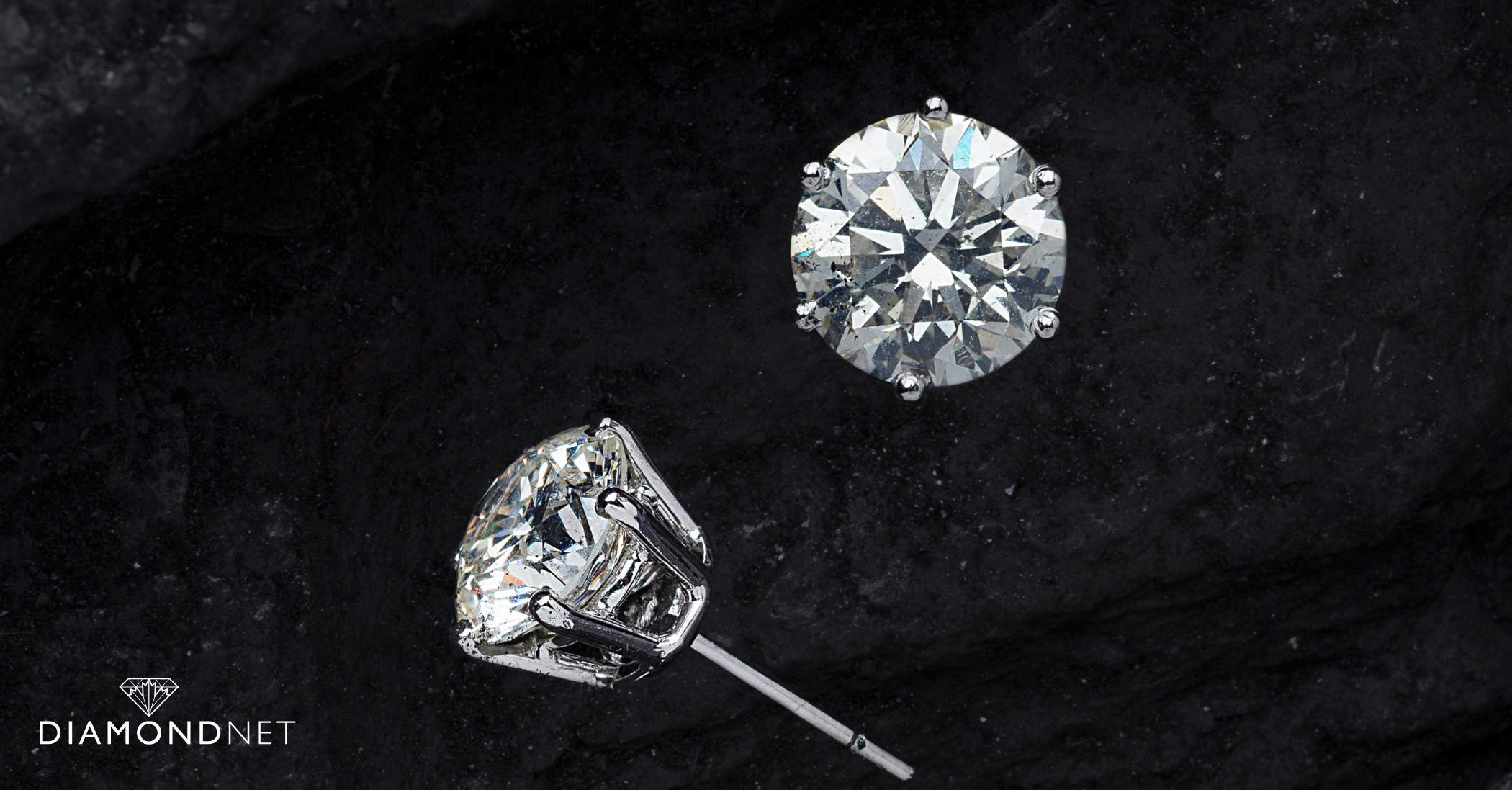
Are diamonds really formed from coal?
No, diamonds are not formed from coal. While both diamonds and coal are carbon-based, diamonds are created under entirely different conditions.
Diamond Formation: Most diamonds form deep within the Earth’s mantle, 90 to 120 miles below the surface, under extreme pressure (over 725,000 pounds per square inch) and temperatures of 2,200 to 2,500°F (1,200 to 1,400°C). These conditions cause carbon atoms to crystallize into a rigid lattice structure, giving diamonds their unmatched hardness and brilliance.
Why isn’t coal involved in diamond formation?
Coal is formed from ancient plant matter that has undergone millions of years of compression and heating near the Earth’s surface. In contrast:
- Diamonds originate from carbon sources such as carbon dioxide or methane, exposed to the intense conditions deep within the Earth.
- In rare cases, diamonds can form from other carbon-rich materials like graphite, but coal is not involved.
Understanding the science behind diamond formation highlights the unique geological processes that make diamonds one of Earth’s most remarkable natural creations.
Myth #5: The 4 C’s are the only way to determine the value of a diamond.
Many believe that the 4 Cs—cut, colour, clarity, and carat weight—are the sole factors in determining a diamond’s value. While essential, they only tell part of the story when assessing a diamond’s true worth.
Truth: The 4 Cs are key, but not the whole story.
The 4 Cs are a strong foundation for evaluating diamond quality, but other factors also influence a diamond’s value. Here’s what to consider beyond the 4 Cs:
Diamond Certification
Certification from reputable gemological laboratories like the GIA or AGS guarantees that a diamond meets specific quality standards. Certified diamonds offer transparency about their characteristics and are highly valued for their reliability.
Rarity and Demand
Rare coloured diamonds, such as blue, pink, or green, often command higher prices than white diamonds due to their rarity and market demand—even if their 4 Cs aren’t as strong.
Provenance
A diamond’s origin and history affect its value. For example, Ethically sourced diamonds [anchor text intact] are increasingly popular due to their assurance of responsible mining practices. These diamonds often carry a premium for their commitment to human rights and environmental sustainability.
Shape and Style
The shape of a diamond influences its price. Popular shapes like round diamonds are more expensive due to demand and the material wasted during cutting. Less common shapes, like princess or emerald cuts, may offer better value for buyers.
Brand and Craftsmanship
High-end brands and master jewellers are known for exceptional workmanship, often selling diamonds at a premium. The quality of the setting and design also adds to the diamond’s value.
Lab-Grown Diamonds
Lab-grown diamonds, created using advanced methods like HPHT or CVD, have the same chemical properties and appearance as mined diamonds. They provide a more affordable, sustainable alternative. Explore our Lab-grown diamonds guide to learn more about their value and benefits.
Conclusion
Separating fact from fiction is key to making informed decisions when buying a diamond. By understanding the truth about diamond durability, lab-grown diamonds, and diamond formation, you can approach your purchase with confidence and clarity.
At DiamondNet, we are committed to providing certified diamonds and transparent information to help you find the perfect piece. With our educational resources and personalized consultations, we guide you through the complexities of diamond buying, building trust and ensuring you make thoughtful, well-informed choices.
Whether it’s your first diamond or an addition to your collection, DiamondNet is here to support you every step of the way. Let us help you make your diamond-buying journey seamless and rewarding.
